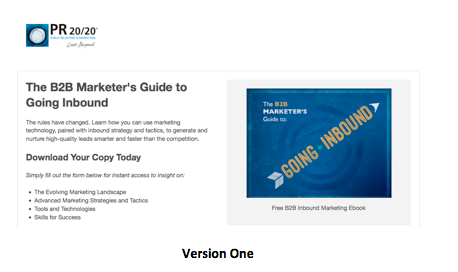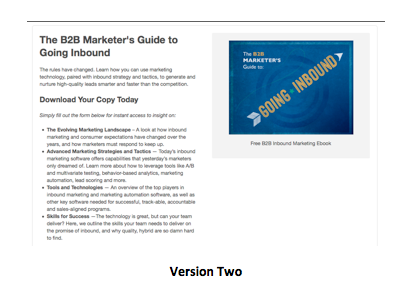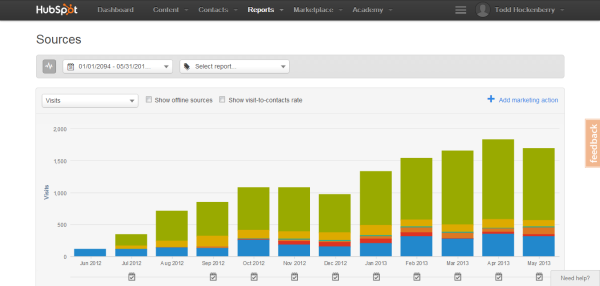Let's face it—without strong copy, your calls to action and landing pages will not succeed. Within seconds of seeing your call to action (CTA), a visitor should be able to determine exactly why he or she should take action and what they will get in return for their information or money. If your CTA copy is ineffective or confusing, you have already lost the lead.
The most effective CTAs contain action verbs. Excluding these powerful words from your copy leaves the reader with little to no direction and often hurts your click rate—ultimately affecting your conversion rate.
Think of action verbs as a CTA's best friend—they convey emotion and appeal to the reader’s senses.
A call to action—whether on your website, email or print material—is meant to prompt a person to perform a specific action. There are several factors that contribute to an effective call to action, including copy, design, and placement. Today we will focus specifically on copy.
Here are a few examples of powerful action verbs:
- Discover
- Explore
- Click
- Learn
- Examine
- Download
- Find
- Uncover
Why Less is More
You've heard the statement less is more. In the case of most calls to action, this holds true. Fewer words with more robust meaning (that your audience can easily understand) should be the goal when creating your copy. Don't get too wordy that your message gets lost among the vocabulary. Adverbs and adjectives will weigh down your copy. On the other hand, a visitor should not have to dust off the thesaurus or search Google to understand the meaning of a word in your CTA. Additionally, avoid technical terms or internal acronyms that often bore or confuse your audience.
Use relevant statistics when possible to back up your statements. Most people are intrigued by statistics, and, in a world of vague claims, actual numbers help validate your offer. For example, HubSpot’s call to action for joining its email list is, “Get the world’s best marketing resources right in your inbox! Join more than 817,000 inbound marketers!”
What We Have Learned So Far
At Kuno Creative, we are constantly A/B testing our own CTAs. Our visitors tend to respond best to phrases such as Free Ebook or Free Cheat Sheet. On the flip side, the phrase Learn More, often coverts lower.
The Takeaway?
It is important to know your audience and be willing to test copy. Rarely will the first CTA you create generate the most conversions. While we can offer best practices in developing strong copy, it is really up to you to constantly test and readjust your CTA's based on the data you gather. Some action verbs will convert better than others depending on your industry, and it is your job to discover what works best.
Do you have great CTA copy tips you would like to share? What success have you experienced? Leave us a comment.
 About the author: Shannon Fuldauer has a B2B and B2C eCommerce Marketing background including roles as Vice President of Marketing & Sales Support, and subsequently Vice President of Public Relations & SEO Services, for CareerBoard.com. She has expertise in digital marketing and advanced email communications and is a senior consultant with Kuno Creative.
About the author: Shannon Fuldauer has a B2B and B2C eCommerce Marketing background including roles as Vice President of Marketing & Sales Support, and subsequently Vice President of Public Relations & SEO Services, for CareerBoard.com. She has expertise in digital marketing and advanced email communications and is a senior consultant with Kuno Creative.



 As you’ll see, in both pages, copy length was the only variable that changed. Other factors, such as headline, image and form remained consistent.
As you’ll see, in both pages, copy length was the only variable that changed. Other factors, such as headline, image and form remained consistent. From here, we set up smart lists that automatically tag contacts as either a “company” or “agency” within our HubSpot portal. Audiences then receive tailored emails based on their status.
From here, we set up smart lists that automatically tag contacts as either a “company” or “agency” within our HubSpot portal. Audiences then receive tailored emails based on their status.